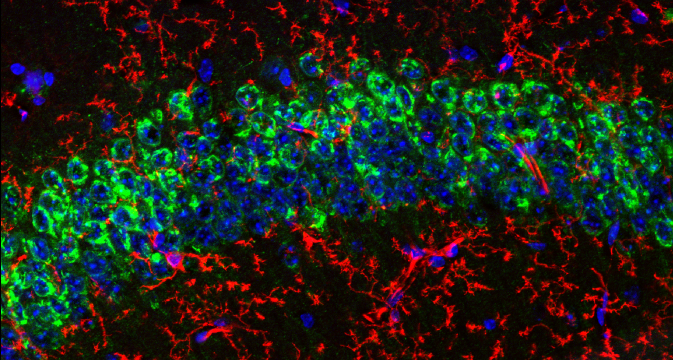In the US, sales of electric cars (EVs) are rising significantly, led by states that have signed a compact to bring over 3 million EVs to market by 2025. But in 2016, EVs were still just 1 percent of the new car market. We are lagging behind. Norway was at 24 percent of new cars, making it the leader by that measure.
In absolute terms in 2016, China sold twice the number of EVs than the US did. In cities like Utrecht in the Netherlands and Shanghai in China, more than 10 percent of the cars are electric, so planners are building infrastructure and creating policies to make the transition. And some cities, including Paris and Mexico City, will be banning diesel vehicles by 2025. Norway and India are going to ban gasoline entirely by 2030.
- MassEnergy blog.
Back in the 90s, our yearbook doodles and television montages still depicted the cars of the future with wings and jet thrusters. While it’s still fun to sit and daydream about what life might be like in 15-20 years, the reality of the flying cars we’ve seen in sci-fi classics has yet to come. And the fading reality of that “beep, beep, beep” keys-in-the-ignition reminder tone conjures memories of gas station lines six cars deep on hot summer days, waiting patiently for mom and dad to return from the register…perhaps hoping for ice cream.
While we can’t sugar-coat global warming, or put all our faith in flying cars, we can take action and adapt as the transportation world is changing.
In the early 2000s, we’ve seen a boom of hybrid vehicles sparked by a rise in gas prices and a desire to become more ecologically conscious. Once, the concept of taking a taxi to work was seen as both a luxury and a headache, yet now with ride-share smartphone apps, one can be picked up at their door (in nicer cars) for a fraction of the cost. While electric cars haven’t quite matured in terms of market share until recently, they actually made their debut in U.S. cities in the early 1900s. It must have been quite a sight to see turn-of-the-century elites decked out in broad-brimmed hats in their Sunday best, buzzing around town at low speeds with limited range. According to the US Department of Energy, the release of Henry Ford's Model T at a price of $650 in 1912 had a huge advantage over an electric vehicle priced at $1,750, clearly a small fortune for the time. Here we are over 100 years later, and the price comparisons are beginning to turn in favor for electric vehicles through favorable federal and state tax incentives up to $7,500 in addition to not paying at the pump.
We expect the trend to rise. In 2013, California and seven other states signed a Zero Emission Vehicle (ZEV) agreement that will bring 3.3 million electric cars to market by 2025. While this is a huge step in the right direction, several international cities are taking larger strides in terms of the widespread adoption of EVs. Based on an international academic study of 2015 vehicle registrations, Oslo, Norway lead with 27% EVs, followed by Utrecht in the Netherlands with 15%, and Shanghai, which had 10% EVs. This high percentage for Shanghai is especially significant considering the scale and scope of the booming auto industry in China.

Back in 2012, CST launched a Low-Emission-Fuel Efficient (LEFE) bonus as an initiative to help employees purchase fuel-efficient cars that they would drive to work. At that time, the MPG standards allowed for standard hybrid vehicles, or even self-modified biodiesel cars to qualify for a $1,000 bonus, split into two annual installments. Since 2012, around 20% of our LEFE bonuses have been for EVs, and a whopping 75% of bonuses paid in 2017 have been for EV cars. Our two Chargepoint stations, one at each of our US buildings are at full capacity, and we may consider adding additional stations in the future.
While CST strongly encourages commuting via alternate transportation, such as carpooling, walking, cycling, and public transportation, driving an EV to work signifies a strong commitment to the environment. As a company that recently endorsed serious action on climate change by adopting COP21 standards from the Paris Climate Accords, supporting EV cars is one way we can work to collectively lower greenhouse gas emissions and protect the planet.
Have you considered purchasing an EV? Would $1,000 subsidy and free charging at work sweeten the deal? Right now in MA, non-profits like Mass Energy are offering bonus incentives through their Drive Green program for the purchase of over 8 models of EVs until June 30, 2017.






